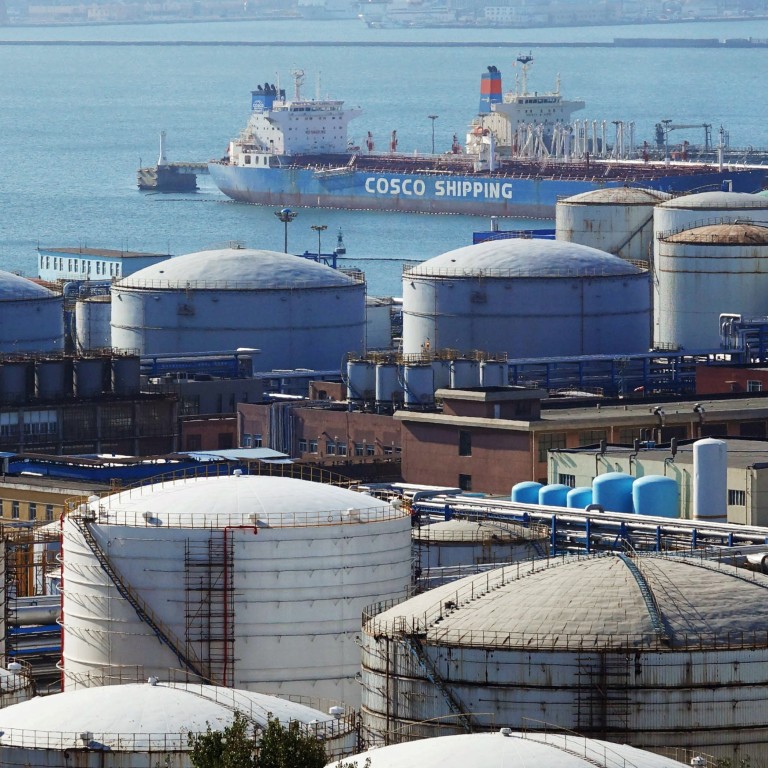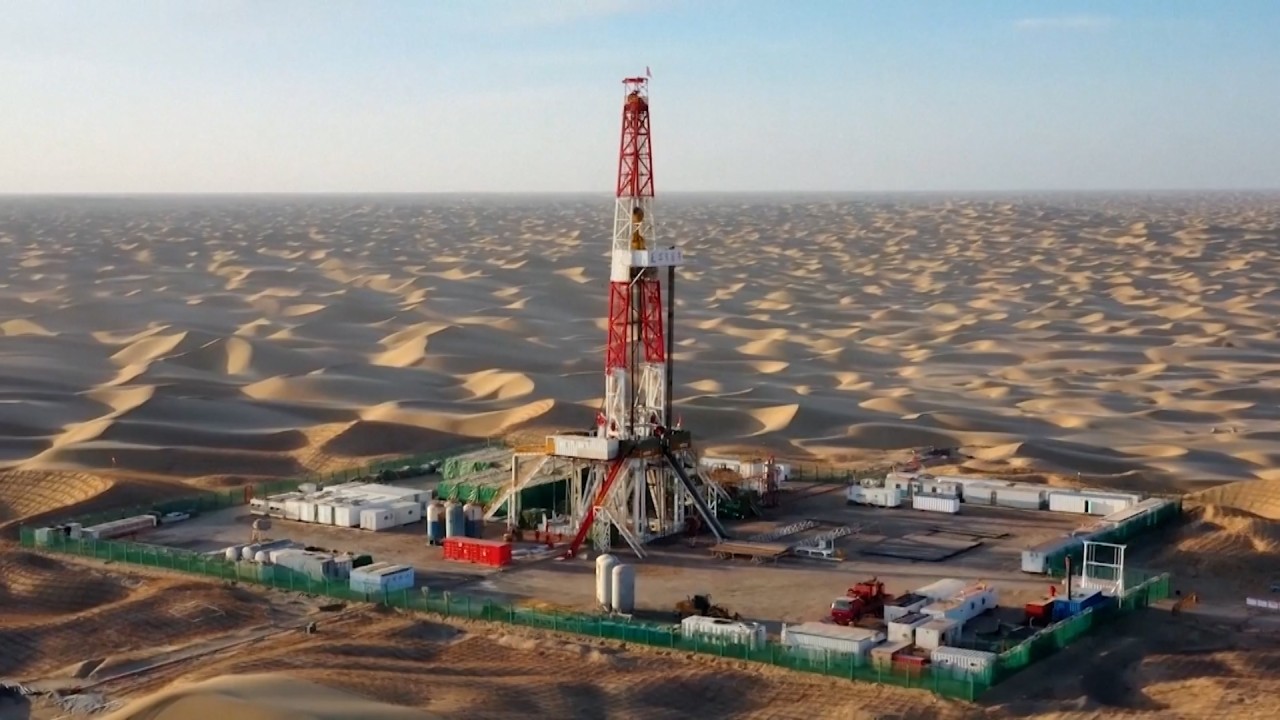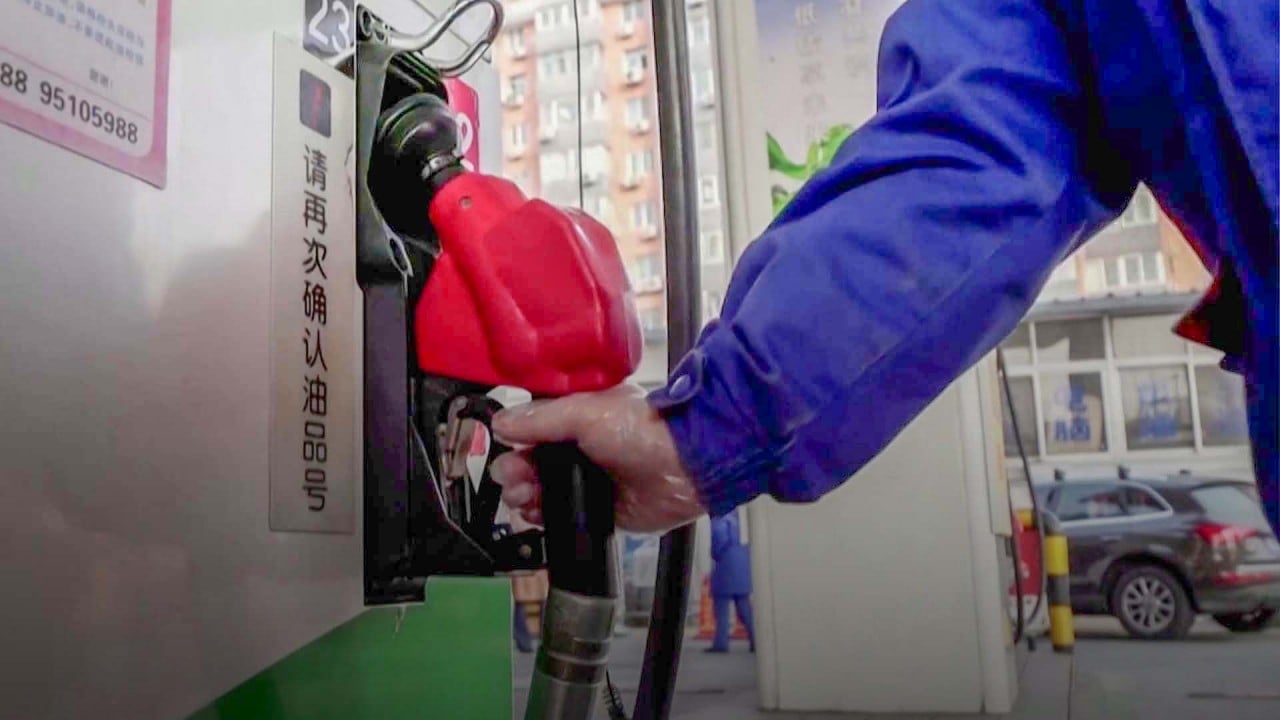
China’s crude oil imports set to rebound up to 7 per cent in 2022, but coronavirus to delay recovery
- Demand recovery is not expected until the second half of the year as China continues to combat coronavirus outbreaks and limit production by smaller refiners
- Crude oil imports look set to grow by 600,000-700,000 barrels per day, offsetting last year’s 590,000 barrels per day fall
China’s crude oil imports could rebound by 6-7 per cent this year, reversing 2021’s rare decline as buyers step up purchases for new refining units and to replenish low inventories, analysts and oil company officials said.
Robust demand from China, which accounts for a tenth of the global crude trade, would help underpin global oil prices, keeping supplies tight amid forecasts for a jump in crude prices.
Demand recovery, however, is not expected until the second half of the year as China continues to combat coronavirus outbreaks and limit production by smaller refiners.
For 2022, crude oil imports into China look set to grow by 600,000-700,000 barrels per day, offsetting last year’s 590,000 barrels per day fall to match or beat 2020s record volume of 10.85 million barrels per day, analysts at FGE, Rystad Energy and Energy Aspects said.
Brent and West Texas Intermediate futures are already at seven-year highs near US$90 a barrel as investors look beyond the demand hit from the Omicron variant.
“We expect China’s refinery runs to grow by 500,000 barrels per day, mainly driven by new refinery capacity coming online in 2022 and the recovery in transport and aviation fuels picking up the pace in the second half of the year,” said Julie Torgersrud of Rystad Energy.
Refinitiv data showed January arrivals totalled 41.13 million tonnes (9.69 million barrels per day), below 44.6 million tonnes in January 2021 and 46.1 million tonnes two years ago.
We expect crude imports to grow by 600,000 barrels per day year-on-year, driven by new capacities and a return of stockpiling
Demand is set to recover later in the year, driven by new refining capacity at integrated petrochemical producers, in particular Zhejiang Petrochemical and Jiangsu Shenghong Petrochemical.
“We expect crude imports to grow by 600,000 barrels per day year-on-year, driven by new capacities and a return of stockpiling,” said Mia Geng, analyst with FGE.
East China-based Zhejiang Petrochemical, the country’s single-largest refiner, aims to operate its newly built 800,000-barrels per day crude units at full rates this year, said two company executives. That will represent an increase of 280,000 barrels per day versus 2021.
Newly commissioned Shenghong Petrochemical is expected to reach commercial operation in May at its 320,000-barrels per day plant in Lianyungang, two other sources said.
How much crude oil is China sitting on, and can it help cool soaring prices?
Another greenfield plant, the 400,000-barrels per day PetroChina-invested Jieyang Petrochemical in southern Guangdong province, may begin trial runs in the third quarter, sources added.
Analysts cautioned that the ramp-up by national firms may be partly offset by Beijing’s broad curb on refinery processing through policies that include cutting import quotas for smaller refiners, as well as moves to slash fuel exports to tackle carbon emissions.
“It has become increasingly clear that small independents’ share is likely to continue falling this year amid a series of crackdown measures,” said Shi Fenglei, China-based analyst with IHS Markit.
The restocking of oil reserves is also expected to boost buying in the second half, led by state refiners Sinopec and PetroChina after an estimated steep inventory drawdown last year.
Total onshore crude oil stocks, excluding underground storage which is hard for satellites to detect, fell by 140 million barrels last year, Vortexa Analytics estimated, which a market source said was likely the largest drawdown since 2015.
Unipec, Sinopec’s trading arm, has also been sweeping up millions of barrels of crude from the United States, Russia and the Middle East this month in an unusual buying spree, traders said.
The extra supply could be used to ramp up refining output after the Lunar New Year and to refill stockpiles, they said.



